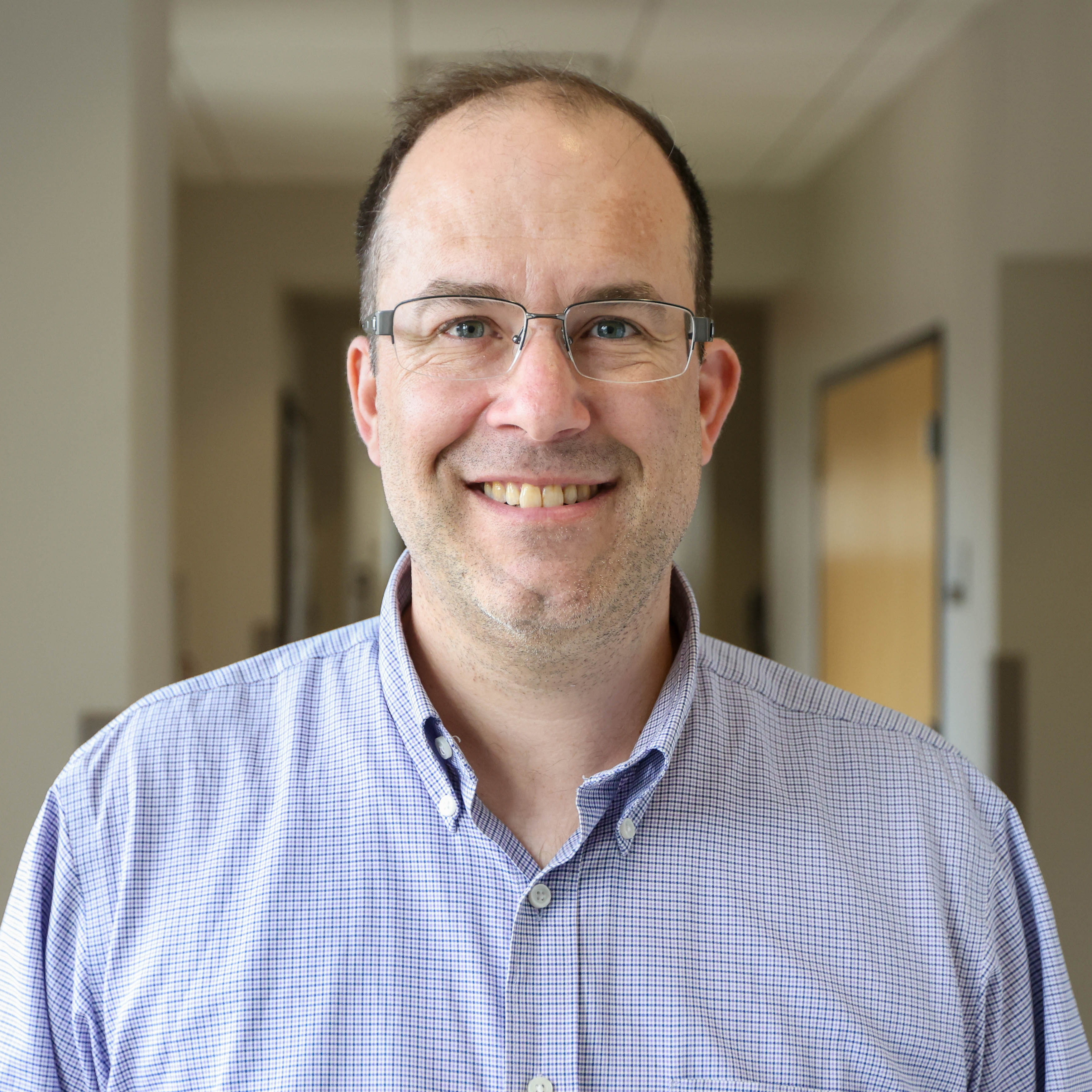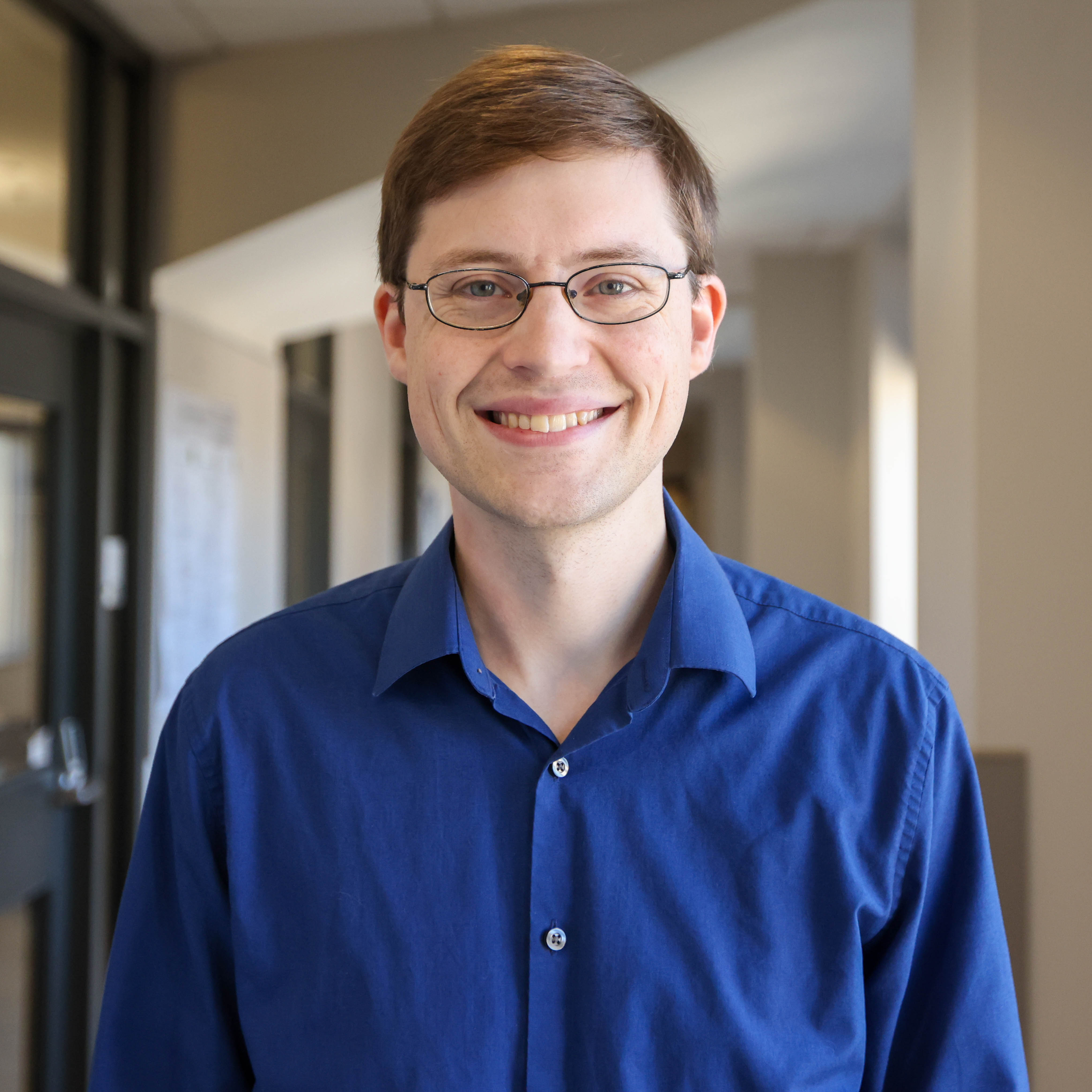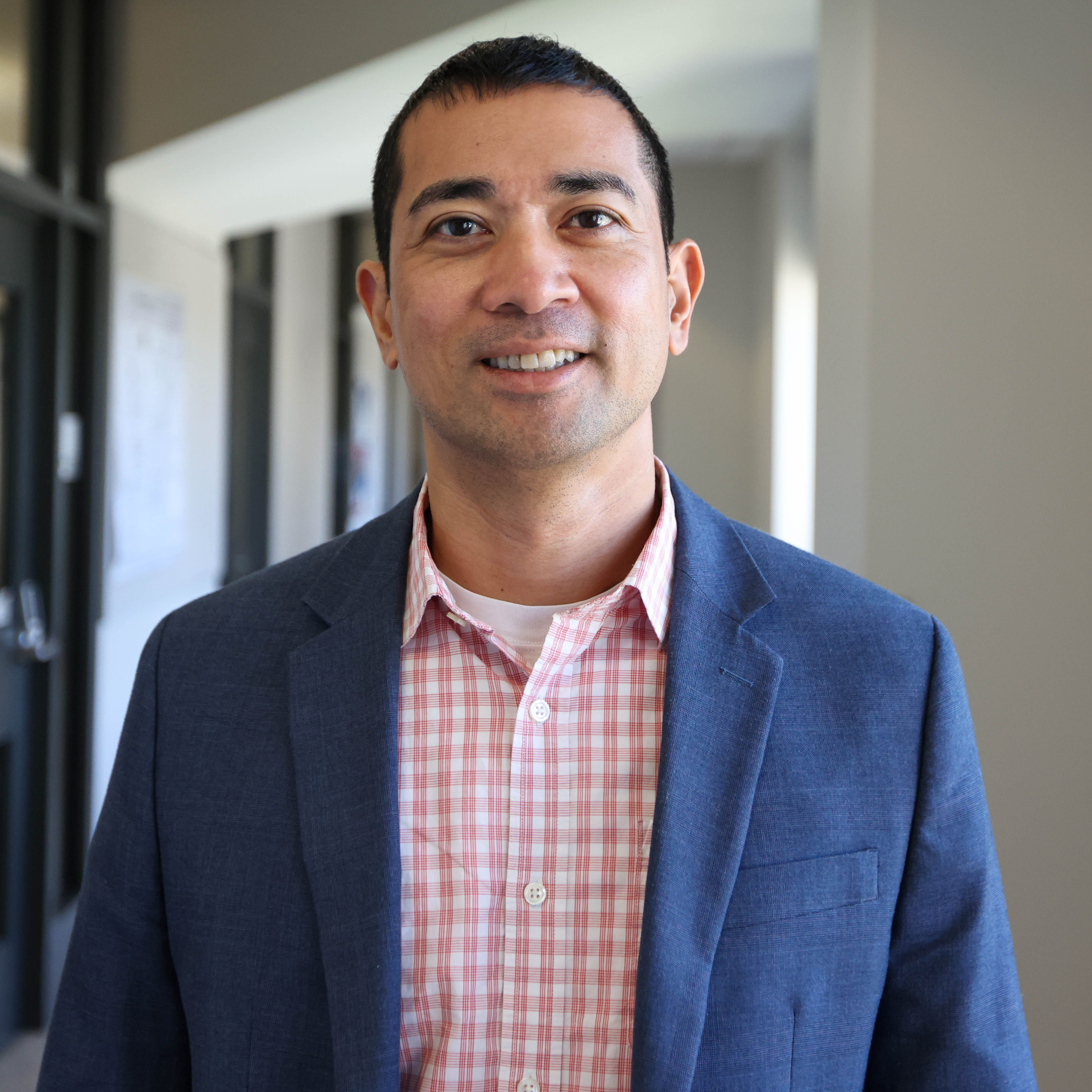
Andrew Lowell, Assistant Professor of Chemistry, has been awarded a Commonwealth Health Research Board (CHRB) grant from the Commonwealth of Virginia to study the treatment of antimicrobial resistant (AMR) pathogens.
"Our work develops treatments by creating new antibiotics from existing, potent drugs," Lowell said. "We use a combination of cutting-edge molecular modeling and medicinal chemistry techniques to convert broadly cytotoxic (substances toxic to cells) agents into bacteria-specific antibiotics."
Previously, comparisons of general cytotoxicity to antibacterial activity have been used to identify antibiotic candidates, but no attempts have been made using medicinal chemistry as an alternative.
"Aiding in developing this novel area is our innovative application of large-scale biochemical modeling to the ribosome, which will provide atom-level binding and interaction details not previously achievable."
Lowell's work will result in new classes of potent antibiotics and first-in-field software applications for the analysis of large organelles, both being commercialized for ribosome drug targeting and computational analysis of other complex biological systems.

Michael Schulz, Assistant Professor of Chemistry, along with Professor and Department of Chemistry Associate Chair John Matson, are working on developing enhanced sealants for neurosurgery.
"Dural tears—ruptures in the membrane around the brain and spinal cord—are one of the most challenging complications during neurosurgery," Schulz said. "These tears result in cerebrospinal fluid leakage and increased risk of infections and complications."
Numerous dural sealants have been developed to combat these tears, but their efficacy is limited. Consequently, a highly effective dural sealant remains an unmet medical need. In collaboration with practicing neurosurgeons, Schulz and Matson's work aims to design and synthesize improved materials for sealing dural tears.
"By tuning the molecular structure of new adhesives, we will produce materials that balance resistance to cerebrospinal fluid leakage with strong adhesion to dura while maintaining ease of use, biocompatibility, and biodegradability."
Candidate materials will be evaluated to determine water uptake (swelling), tensile strength, modulus, curing kinetics, and degradability, as well as their adhesive properties (adhesion strength and mode of failure) and biocompatibility.

Webster Santos, Professor and Director of VT Center for Drug Discovery, along with Professor Zhaomin Yang in Biological Sciences, have received a CHRB grant to investigate antivirulence's potential of bacterial type IV pilus to combat the global antibiotic resistance pandemic.
Antivirulence agents or antivirulants are an alternative to antibiotics for the treatment of bacterial infections. Their mode of action is to target the virulence of a pathogen as opposed to bacterial viability. Unlike antibiotics, antivirulence measures do not apply a life-death selection on bacteria. Their resistance is not expected to develop and spread like antibiotic resistance. This makes antivirulence an attractive approach for combating antibiotic resistance.
"Antivirulence is a promising new strategy for fighting the global antibiotic resistance pandemic," Santos said. "Bacterial pathogens have armors and weapons that allow them to defeat our immune system and do us harm. Antivirulence is to strip them of their menacing arsenals. Once disarmed, they are no longer harmful as the normal human microflora that generally provides health benefits."
"We are focusing on developing small molecules targeting the bacterial type IV pilus, one of the most potent weapons of bacterial pathogens. Our success will lead to novel therapeutics that will impact human health worldwide."
Page 1 of 5 | 13 Results



